The photograph shows the last ”working” day of Huntcliffe Mines, 30th June 1906. The photograph was taken outside the workshops, alas now longer with us. All that remains is the Guibal Fanhouse beside the mineral railway line, towards the cliff edge at the bottom of Warsett Hill. The writing on the door of the wall behind ”Are we downhearted?” is from a song popular at that time, perhaps relevant to the situation! With Simon Chapman’s assistance we can identify some of those present.
Back row: ?? , Mr Stephens (later Cashier at Lumpsey Mine), Ralph Clough (engineer-later at Lumpsey Mine), ?? , ?? , ?? , ??.
Middle row: Jimmy Dower (partially cut off), ??, ?? , ?? , ?? , ?? , ?? , ?? , ?? , ?? , ?? , William ‘Bill’ Garbutt (baby – who later worked at Kilton Mine, one of the first men to drive a locomotive underground and later Miner’s Lodge Secretary), William ‘Dick Hoss’ Garbutt, Mary Ellen Garbutt, Mr Matson (possibly a Manager).
Front row: ?? , ?? , ?? , ?? , ?? , ?? , ?? .
Paul Garbutt tells us: ”The baby in the photograph (Bill Garbutt) was my grandfather and this is the only photograph of him as a baby, he went on to work in the local mines and he was one of the main rescuers after the Kilton Mine explosion in May 1954. He never commented on the explosion and his subsequent actions in saving the injured miners, my father remembers that he came home that night and was a bit groggy and not his usual self ( the after effects of the gas explosion presumably ). The Evening Gazette reported on the disaster but my grandfather would not be interviewed, regarding the matter to be not worth discussing. My grandfather was an intensely private man and these few snippets of information are pretty much all we know about him, I just knew him once he was retired from work so never had the opportunity to find out about his employment history. He would never talk about himself much at all and especially not the Kilton Mine incident even though he helped save many of the miners, he was my hero regardless.” Similarly Alan Found tells us:”My grandfather worked at Kilton mine he would have been there in 1954 he never talked about the explosion.” Michael Garbutt adds: ”The baby, Bill (who is 8 month’s old in this picture) was also my grandfather. I know the lady holding him is his mother Martha Ellen Garbutt (nee Lines), both Paul’s and my Great Grandmother. The gentleman behind them is almost certainly our Great Grandfather, also William Garbutt, who was also working down the mine at this time, working with the horses, probably as a drover (he was know as Dick Hoss!). He had been in a serious accident there, around 1902, in which he was made almost totally blind in one eye, which meant he could not work there for a while, and so went up to Handale Farm at Loftus to work, and is actually where his daughter Marian was born. I also have a nice story about this photograph; as when I was talking about it to my great aunt Maud (Marian and she would have been three years old then), she mentioned that she was also there, but was shy and ran behind her mother’s skirt while it was being taken!”
Image courtesy of the Pem Holliday Collection and others, thanks to Paul Garbutt, Alan and Michael Garbutt for these details, as well Simon Chapman for his assistance, any further any help would be much appreciated.
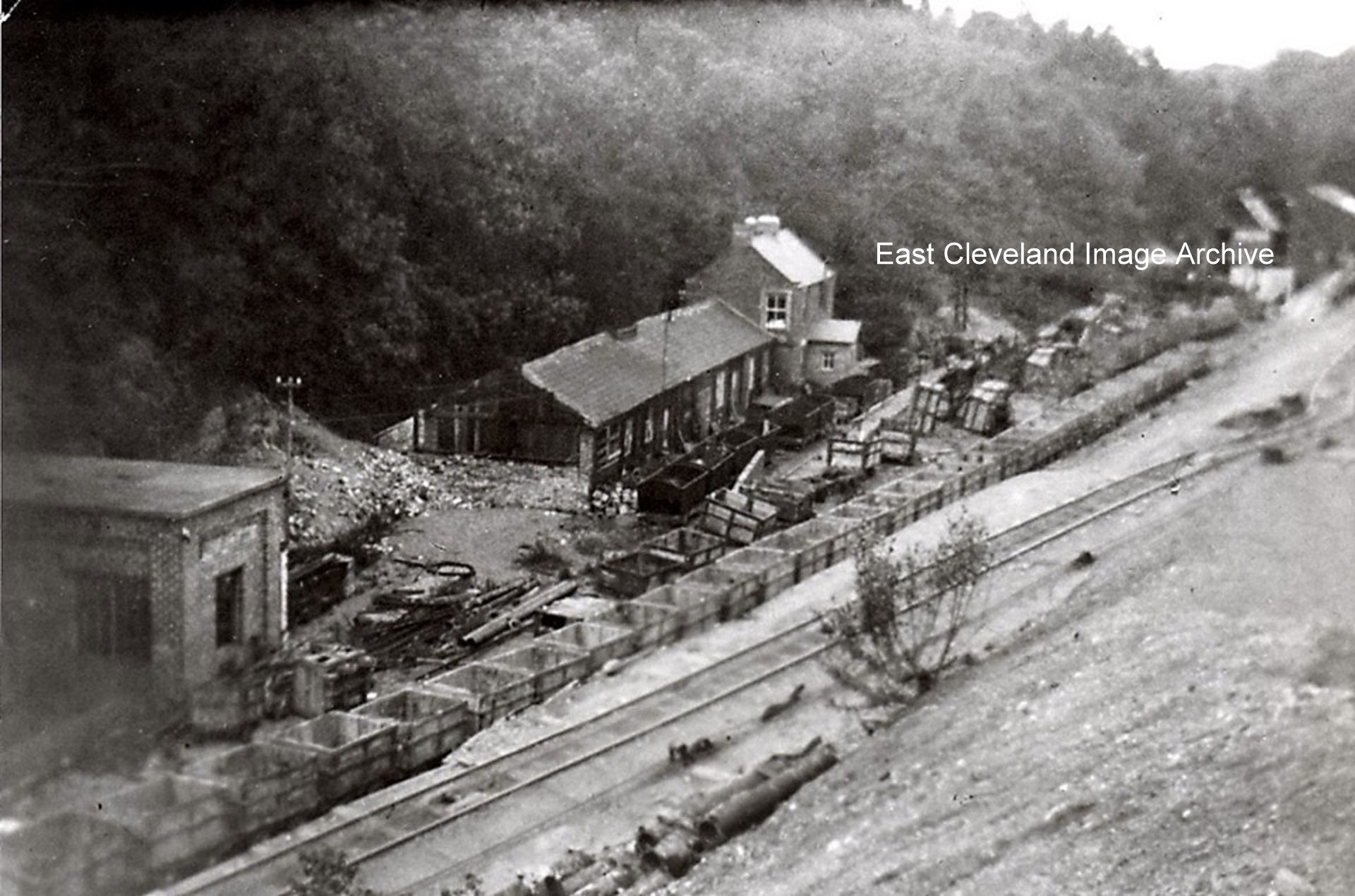
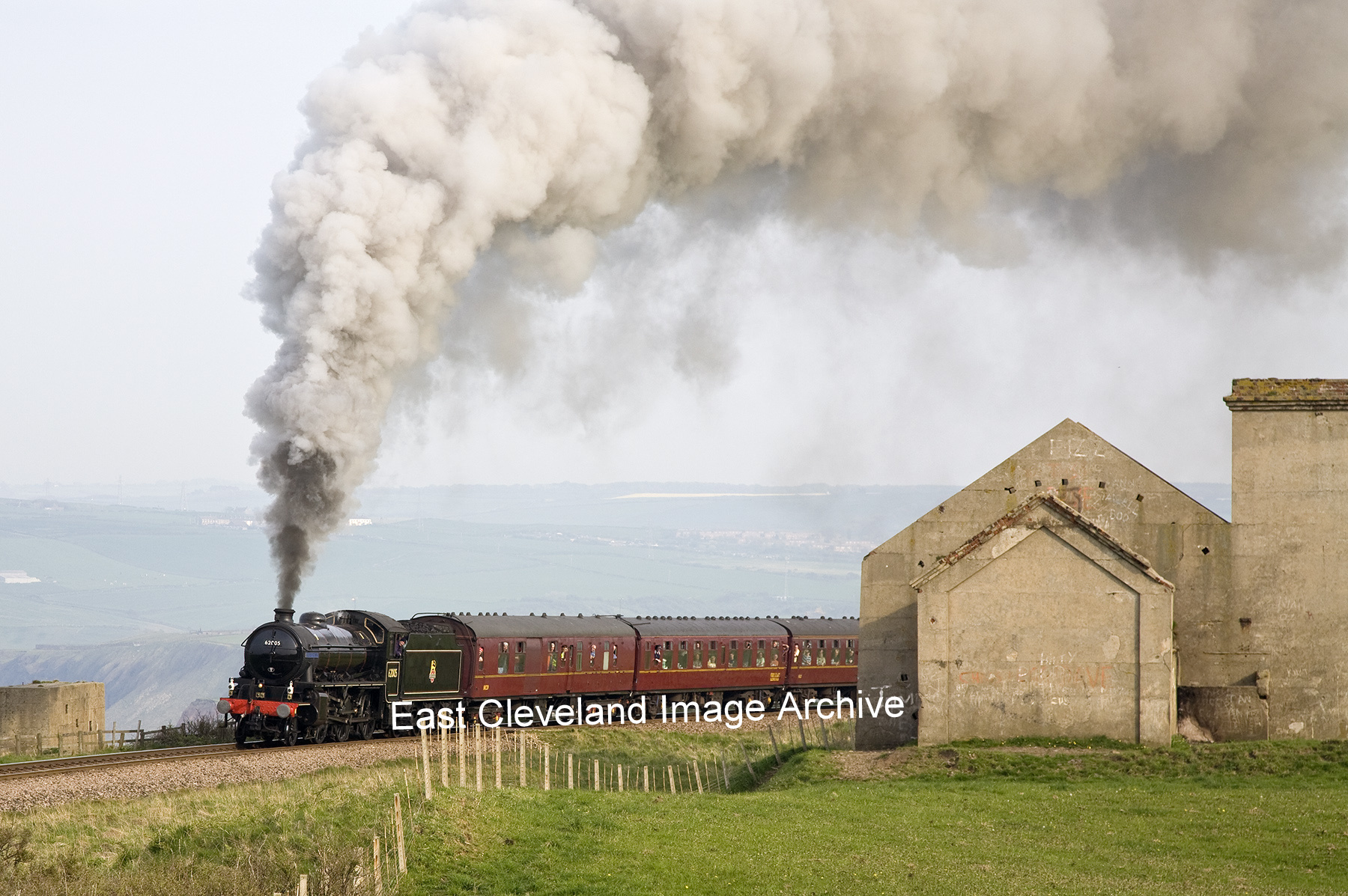
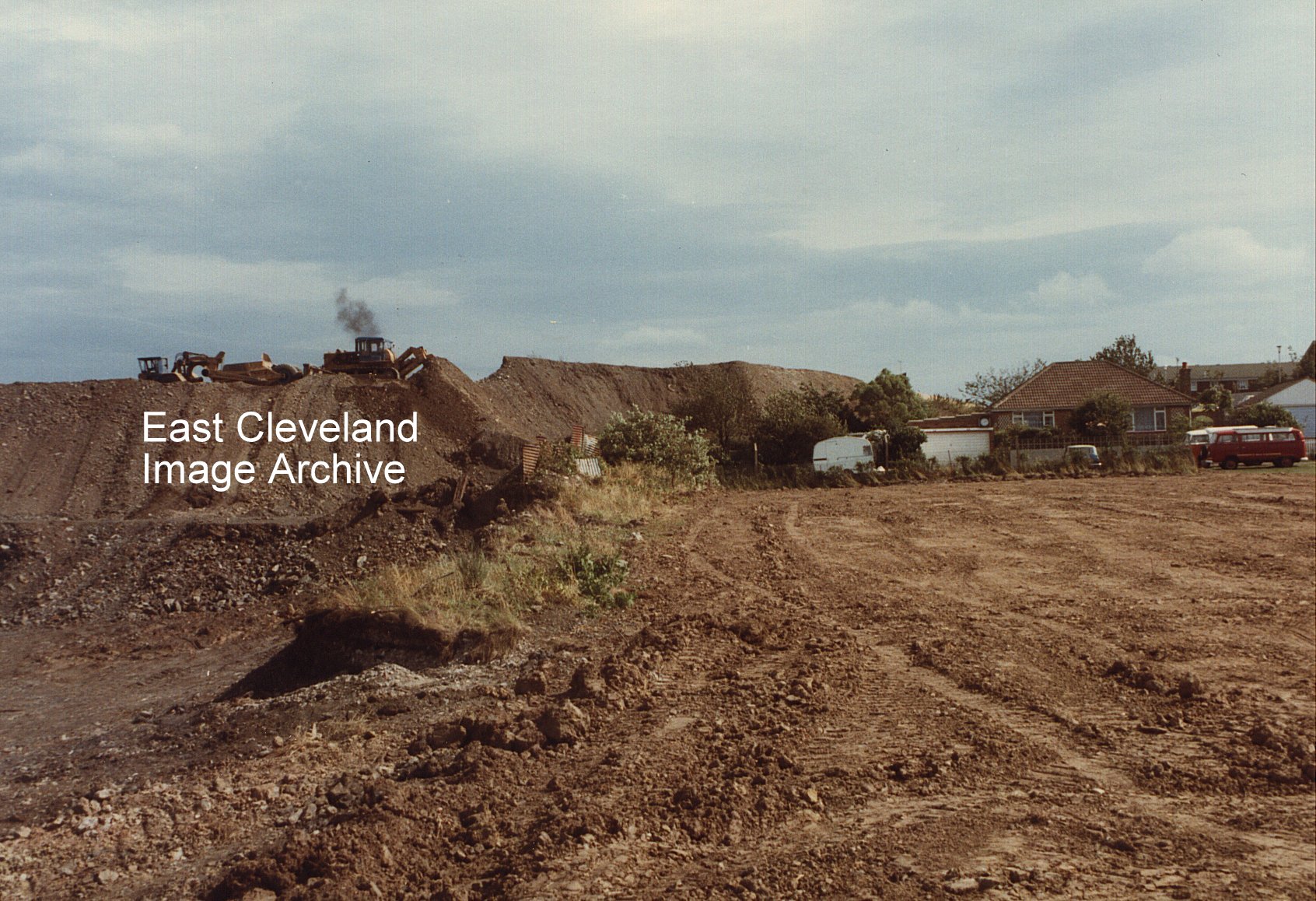
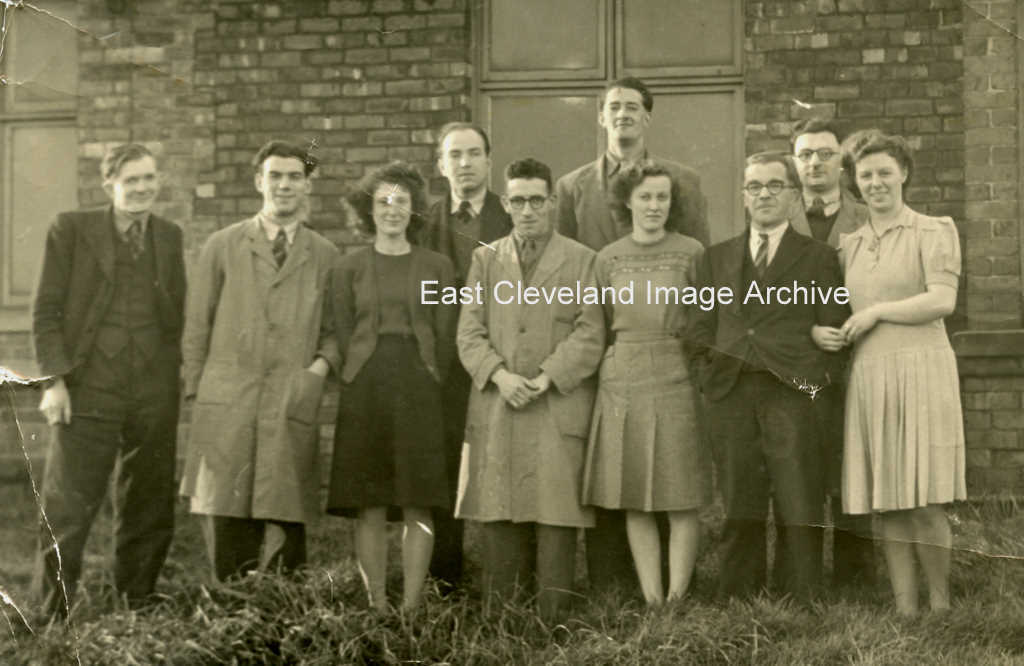
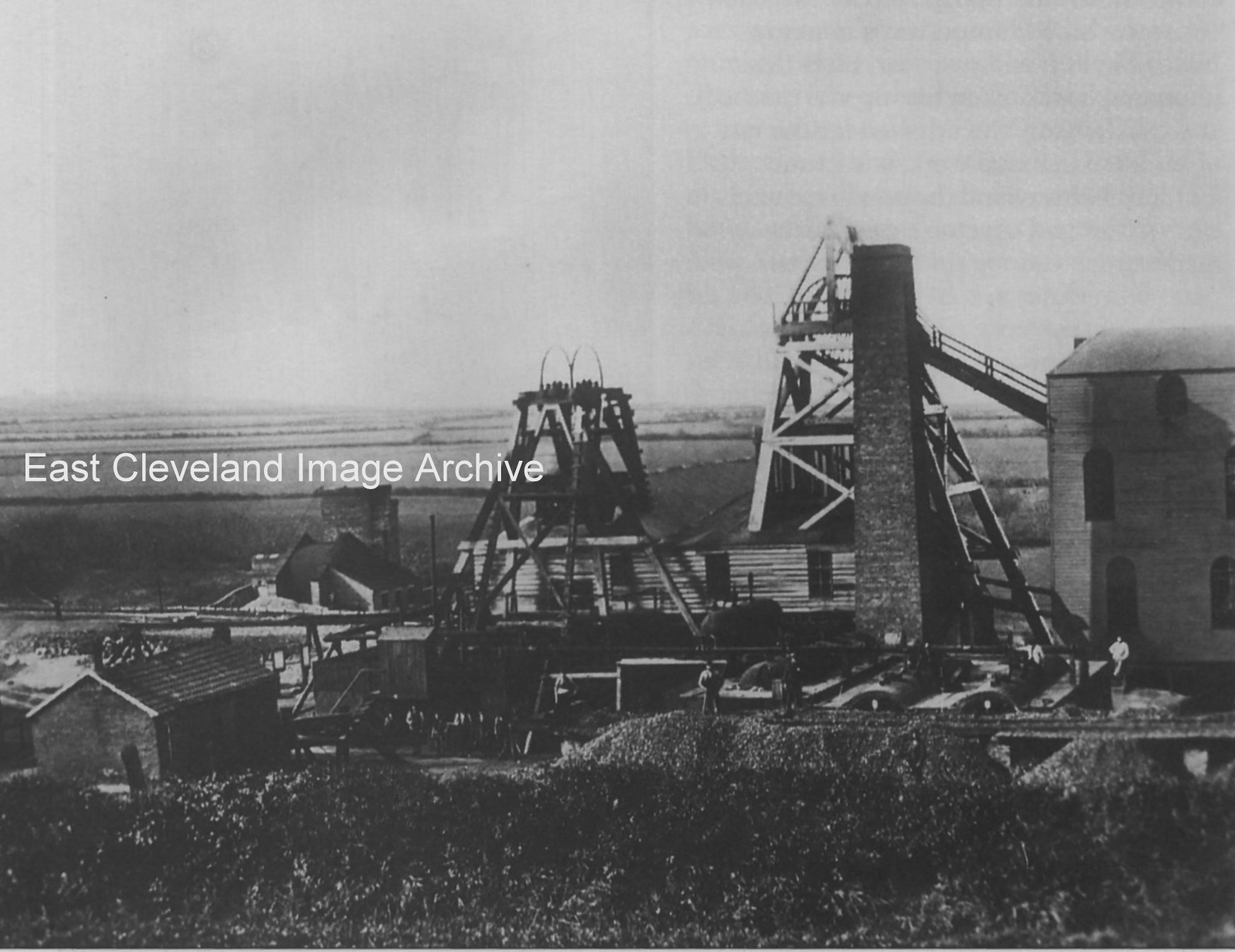
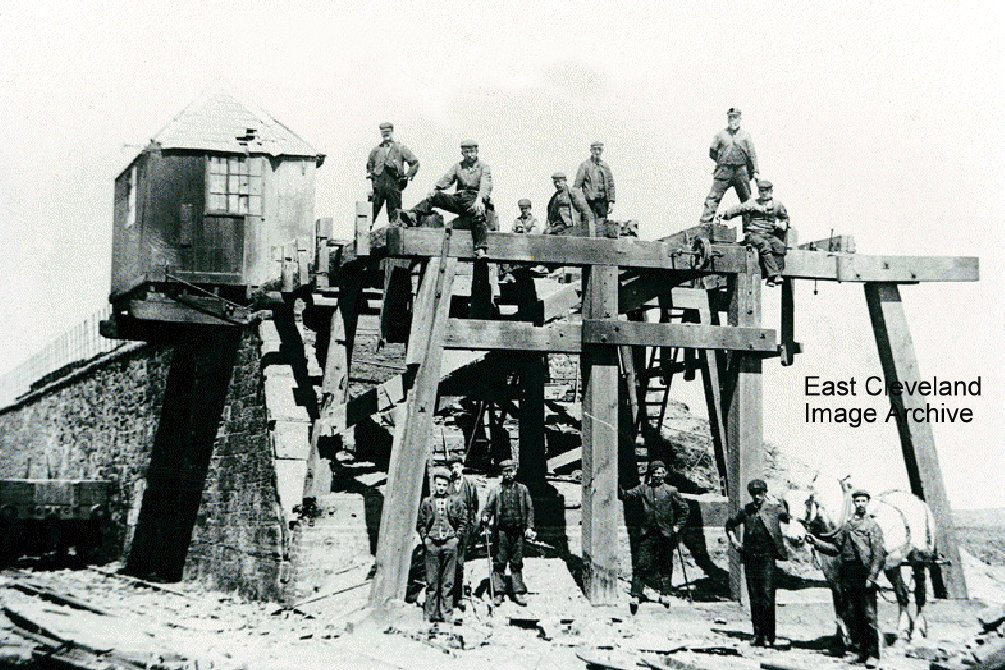
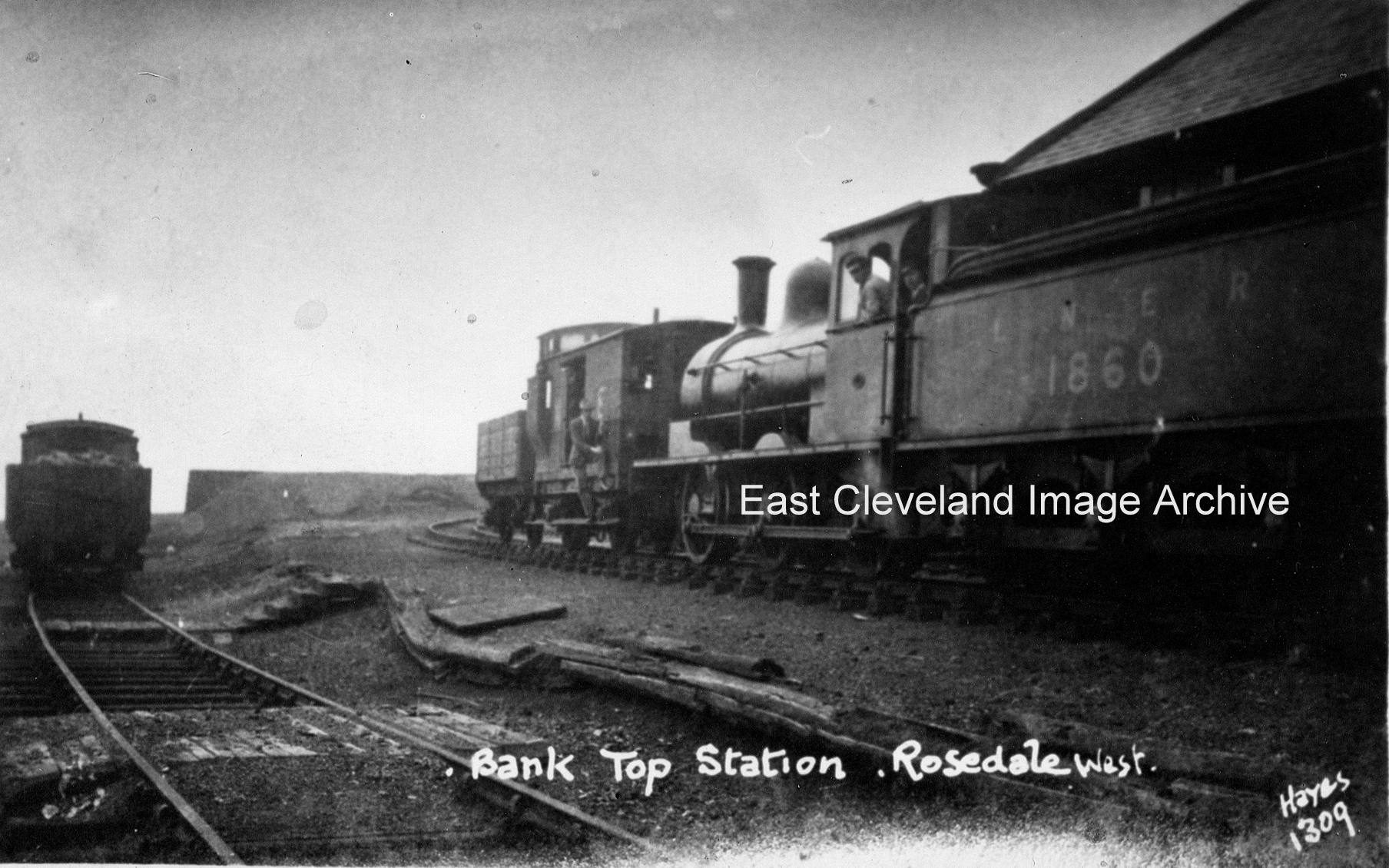
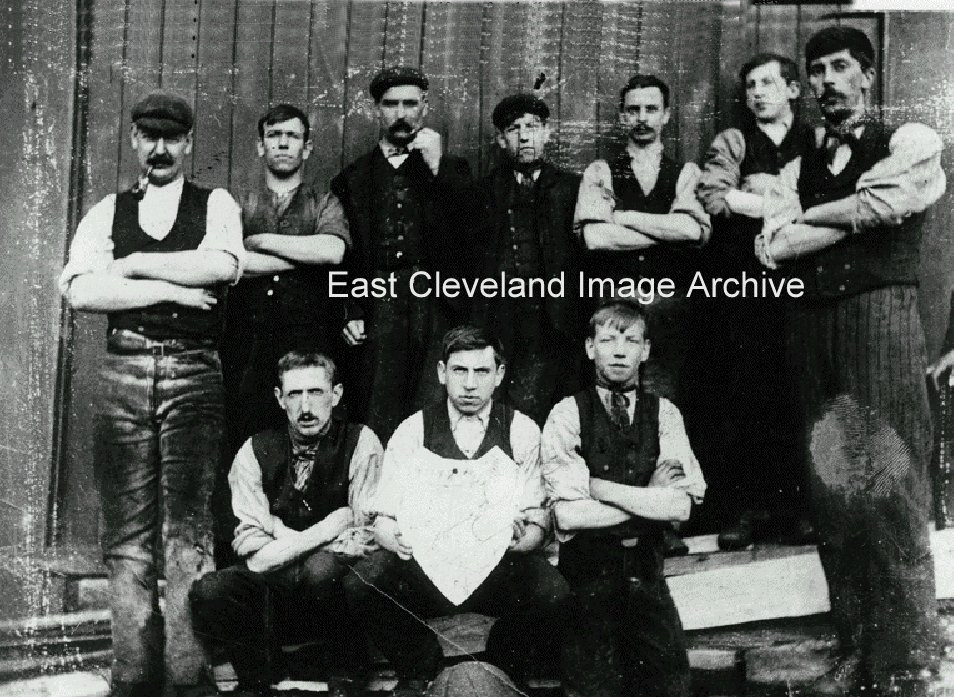
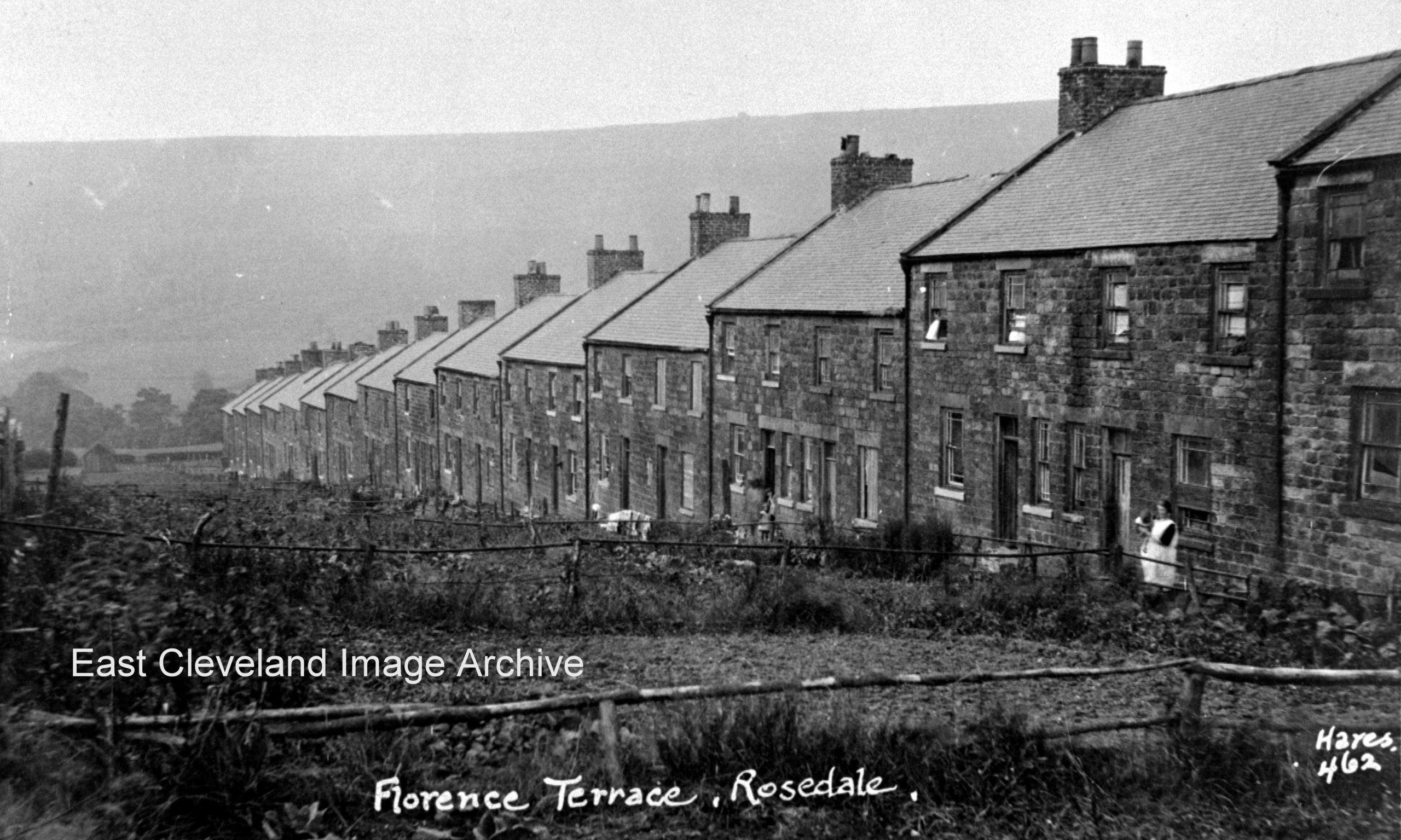
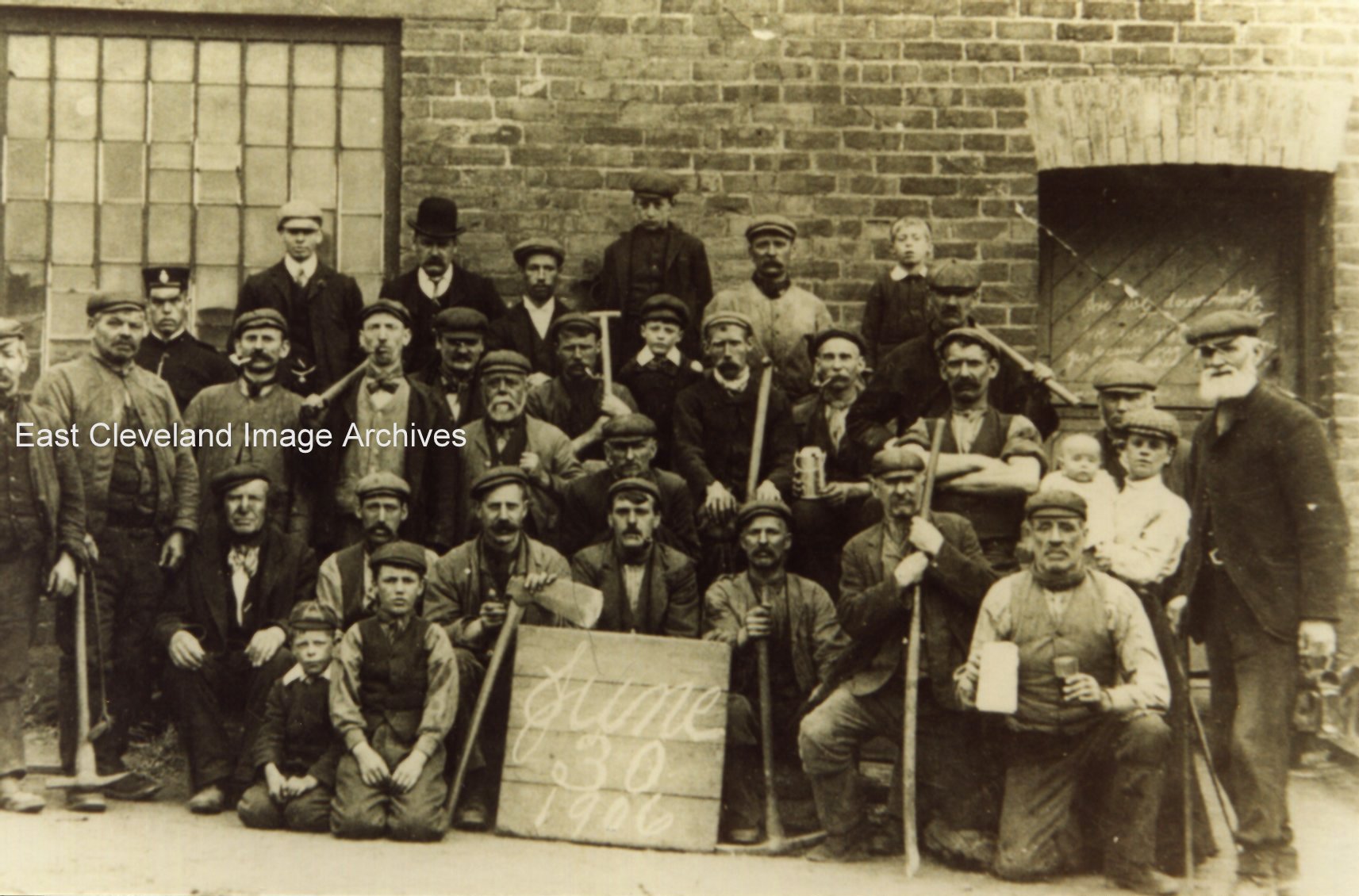
Recent Comments